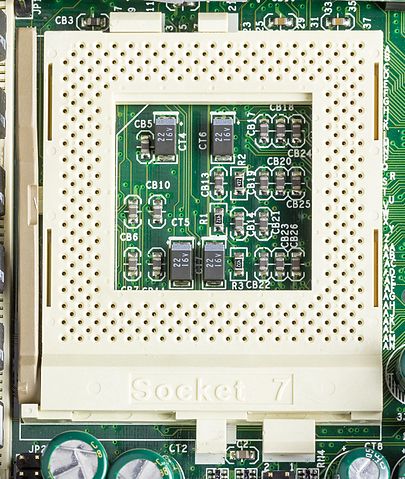second, this e-pin brandishing is getting a bit overboard.
Pin counts are growing in response to needs for memory bandwidth and capacity.
The industry appears to be moving towards using in-package HBM to address bandwidth needs, while CXL enables pools of memory to be decoupled from the CPU for greater capacity scaling. This approach also leads to better energy-efficiency, while also leading to some pin-count reduction.
Another contributor to the high pin-counts is the "corpus callosum" connecting multiple CPU packages. As core counts continue to scale, I predict we'll also begin to see a trend towards single-CPU servers. That could eliminate the need for the UPI or Infinity Link, as Intel and AMD respectively term their CPU interconnect bus.
Even today, I read admins posting that the main reason they use dual-CPU setups is for memory capacity. If CXL memory pools can address that issue, then the transition to single-CPU servers might come very quickly.
Further out, there's talk of silicon photonics taking over from copper, as the primary system interconnect medium (i.e. PCIe, CXL).
So, there are good reasons to believe pin-count inflation won't continue, indefinitely.


